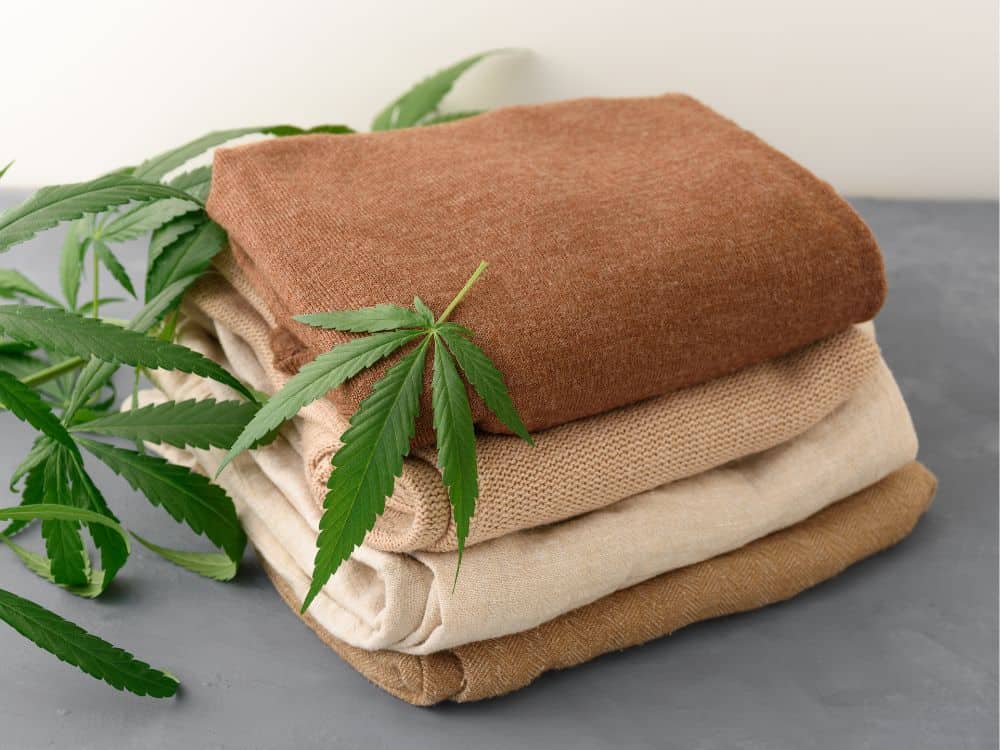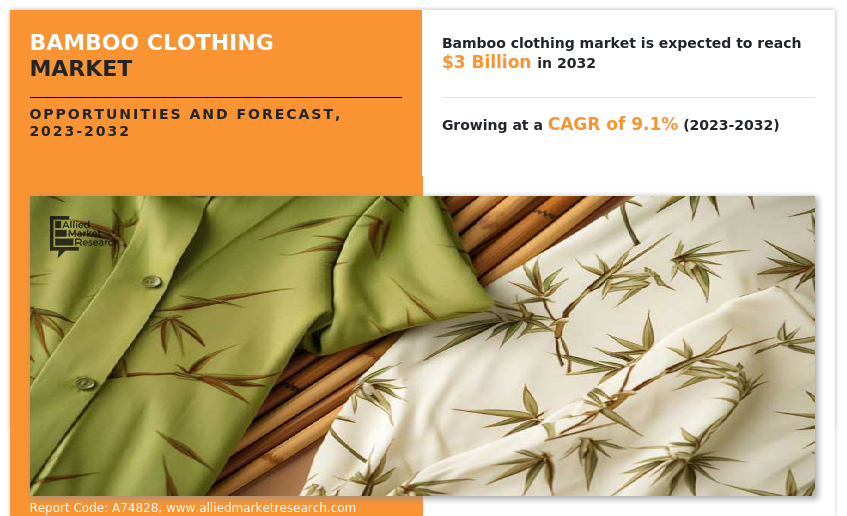New Facts For Selecting Hemp Clothes
Wiki Article
How Is Hemp More Durable Than Cotton When It Comes To Regarding Water Usage Pesticides, Herbicides, Or Water Use?
Hemp is considered a sustainable crop if you compare it to cotton in terms of water use, pesticides and herbicides for several reasons- Water Usage-
Hemp Hemp is known as a crop that requires less water requirements compared to cotton and other crops. It's a drought-resistant plant that can grow without much water. Hemp is typically grown using rainwater in many areas. It is a water-efficient plant.
Cotton- Conventional cotton is notorious for its high water consumption. Cotton farming typically requires extensive irrigation. This could drain local resources and lead to water scarcity in regions with little water. The high water demand of cotton farming has led to questions regarding its viability.
Herbicides are pesticides.
Hemp: Hemp has a natural resistance against many pests. This decreases the need for synthetic pesticides. Although some hemp plants may need minimal pest management methods to maintain their health The overall dependency on chemical inputs, like cotton, is much smaller than that of other crops. The hemp plant can be grown almost pesticide free.
Cotton-Conventional cotton farming heavily rely on synthetic herbicides, pesticides, and weed killers to control pests. Chemicals used to control weeds and pests could have adverse effects on the environment, such as contamination of the soil and water. They may also harm non-targeted species and lead to pesticide-resistant pests.
In summary the hemp crop has been found to be more sustainable when as compared to cotton. This is due to the fact that it uses less water, pesticides, and herbicides.
Hemp generally requires less water, and it can be grown without irrigation or rainwater.
Hemp has a natural resistance against a variety of pests.
Hemp farming requires less synthetic herbicides, pesticides, and fertilizers than cotton.
However, it's important to keep in mind that sustainable and environmentally friendly methods can differ between growers and regions. Through reducing synthetic chemicals and promoting the health of soil organic farming practices also increase the sustainability. When considering the environmental impacts of clothing and textiles making use of organic fibers like hemp or cotton can aid in reducing fashion's ecological footprint. Follow the top hemp clothing for site examples including patagonia hemp pants, hemp apparel, hemp denim, hemp tee shirts, american made hemp clothing, patagonia iron forge jacket, mens hemp t shirts, hemp baja hoodie, jungmaven clothing, hemp button down shirt and more.

What Are The Benefits Of Hemp Fibers In Terms Of Carbon Sequestration?
Hemp fibers are a major contributor to carbon storage, sustainability and crop rotation in a variety. They are a good choice for textile and agricultural production.
Hemp grows quickly, maturing in 70-120 days depending on its variety and growing conditions. Photosynthesis is the process by which hemp plants absorb atmospheric CO2 during rapid growth. This carbon uptake may aid in the carbon dioxide sequestration and reduce the amount of CO2 that is absorbed by the atmosphere.
Hemp produces lots of biomass. The plant's thick and tall foliage produces a significant amount of organic material. If the biomass is put into soil or used in various applications, this could lead to the growth of carbon and organic matter.
Sustainability:
Minimal Chemical Use- Hemp cultivation often requires fewer herbicides and pesticides made of synthetics when compared to some other crops, like cotton. The natural resistance of hemp to many pests, diseases and weeds decreases the need of chemical treatments. Organic hemp farming is a sustainable way of cultivating hemp since it does not use synthetic chemicals.
Hemp can be watered with only a small amount of water, in contrast to other plants that require a lot of water, like cotton. It is therefore more sustainable in regions that have limited water resources.
Hemp roots are deep and may aid in improving soil quality. Its roots help prevent soil erosion by stabilizing the soil's structure and decreasing runoff. Hemp farming can increase soil microbial activity, thereby improving soil fertility and nutrient cycling.
Hemp can be used in the rotation of crops. Crop Rotation is a method that involves rotating different crops at different times within the same space. It is a wonderful method to stop the cycle of pests and diseases, improve soil quality, and lessen soil depletion. The role of hemp in crop rotation is crucial to the long-term sustainability of farming.
Crop Rotation
Hemp is also a good addition to crop rotations alongside other crops like vegetables, legumes or grains. This helps farmers to maintain the quality of their soil as well as reduce the risk of diseases, pests and other problems related to crop and help promote a healthy cycle of nutrients.
Hemp's deep root system can penetrate soil and aerate it, reducing compaction. It also increases the amount of water that is absorbed. After a hemp crop is harvested, the soil's structure will be improved and will benefit the future crops that follow in the cycle.
Hemp fibers are a great option for crop rotation because of their rapid growth, large biomass production, low chemicals, water efficiency, positive impact on soil health, and compatibility. These characteristics make hemp production sustainable and a regenerative farming practice. The fibers that result can be utilized for textiles, as well as other applications that are eco-friendly. Read the best hemp clothing for more examples including hoodlamb coat, patagonia iron forge jacket, hemp t shirts wholesale, hemp fabric clothing, 100 hemp shirt, hemp shorts patagonia, hemp athletic wear, jungmaven t shirt, hemp dress, patagonia hemp overalls and more.

What are the major differences between hemp and bamboo fibers
There are a variety of distinctions between bamboo and hemp, including their unique characteristics. Here are the most important differences between hemp and Bamboo fibers. Plant Source-
Hemp Fibers Hemp fibers are made from hemp stalks, most specifically the outer bast. Hemp, a versatile and rapidly-growing plant, has been used in many ways for centuries.
Bamboo Fibers- Bamboo fibers originate from the pulp. Bamboo is an extremely fast-growing grass known for its toughness and rapid renewal.
2. Fiber Characteristics-
Hemp Fibers- Hemp's fibers are highly durable and strong. They are natural fibers with a lot of strength which soften and become more supple after washing, which makes them ideal for making durable textiles.
Bamboo fibers can be smooth and soft. Although they may not be as sturdy as hemp fibers, and are more delicate in certain circumstances however their suppleness on the skin is greatly valued.
3. Texture and Feel
Hemp- Hemp has a somewhat coarse texture, particularly when it is in its natural state. It is extremely cozy, but it has quite different than bamboo.
Bamboo fabric is smooth, silky and luxuriously soft. It's described as feeling like a mix of silk and cotton, which makes it extremely comfy to wear.
4. Breathability, Moisture Wicking, and Breathability-
Hemp Fibers Hemp fibers help to absorb water, are naturally and breathable. They can help you stay cool and dry during hot weather.
Bamboo Fibers- Bamboo fibres have a high degree of breathability and moisture wicking. They are made up of micro-gaps that enhance their ability to regulate humidity and temperature. This keeps you at ease in all conditions.
5. Environmental Impact-
Hemp Hemp is a fiber that's considered eco-friendly due to its requirement for very little water, grows rapidly and has a great resistance to pests. It also reduces herbicide and pesticide usage. It is also able to capture carbon in its growing process.
Bamboo- Bamboo is renowned for its sustainability. It is fast growing, requires little water, and doesn't need synthetic pesticides. Some varieties of bamboo are deemed extremely sustainable, like Moso bamboo.
6. Processing-
Hemp- Hemp requires extensive processing in order to separate its bast fibers (outer woody core) from the inner woody fibers. The process may involve decorations, retting and mechanical separation.
Bamboo- Bamboo Fibers can be produced through a chemical process referred to as the viscose/rayon process. It is done by using chemicals to break bamboo into a pulp. When not properly managed, this process is harmful to the natural environment. Some bamboo fabrics make use of closed loop systems to reduce the amount of waste.
7. Versatility-
Hemp- Hemp fibers are flexible and can be utilized in a variety of uses, such as clothes, textiles, paper building materials, and many more.
Bamboo- Bamboo fibers are mostly used in clothing and textiles but they are also used in other items such as sheets and towels.
Both hemps and bamboos offer benefits in terms of sustainability and unique characteristics. Select between bamboo and hemp based on the qualities and qualities you're searching for as well as your preferences regarding the environment. View the top a replacement on bamboo clothing for blog examples including bamboo cay christmas shirts, bamboo jeans, yala pajamas, bamboo tee shirts wholesale, bamboo childrens clothing, bamboo workout clothes, bamboo sports clothing, bamboo sweatshirt, bamboo shirts wholesale, bamboo bed clothes and more.
